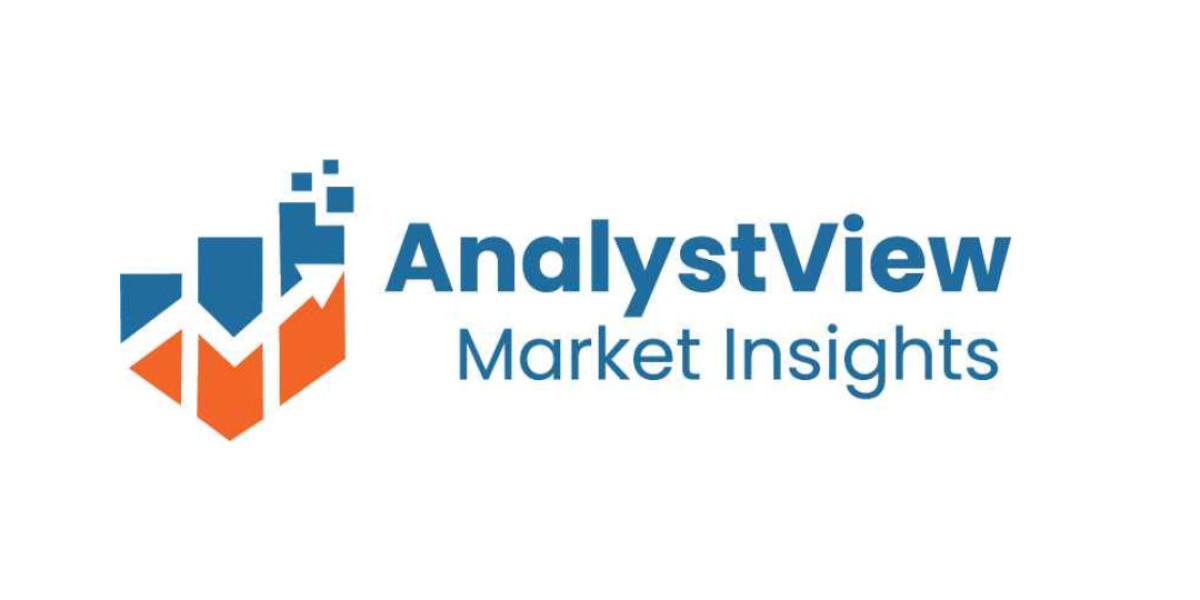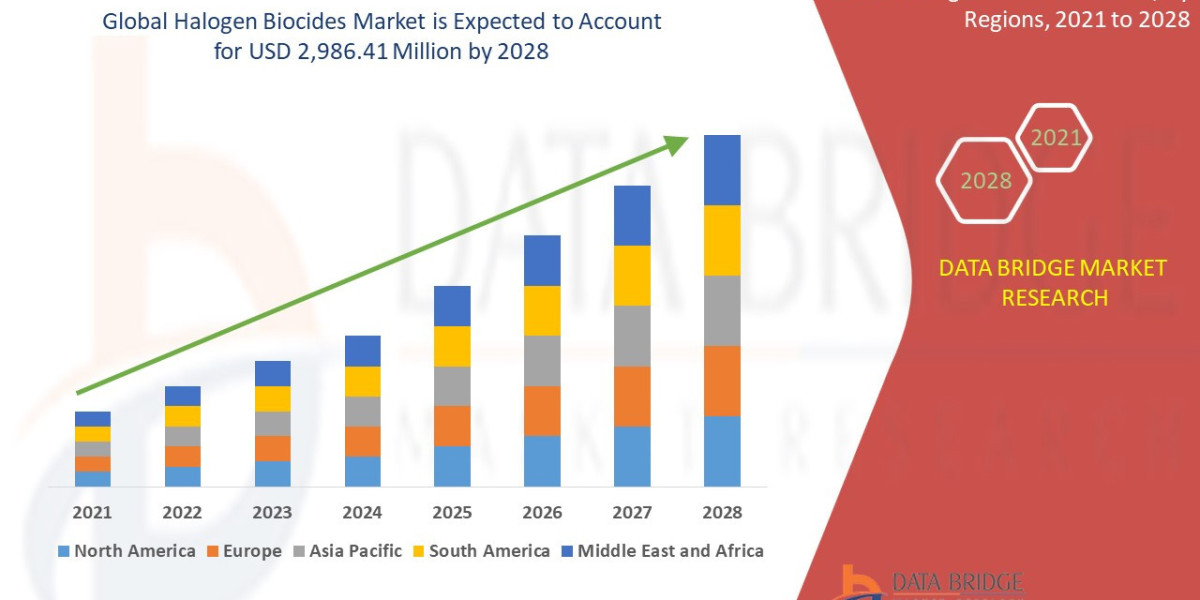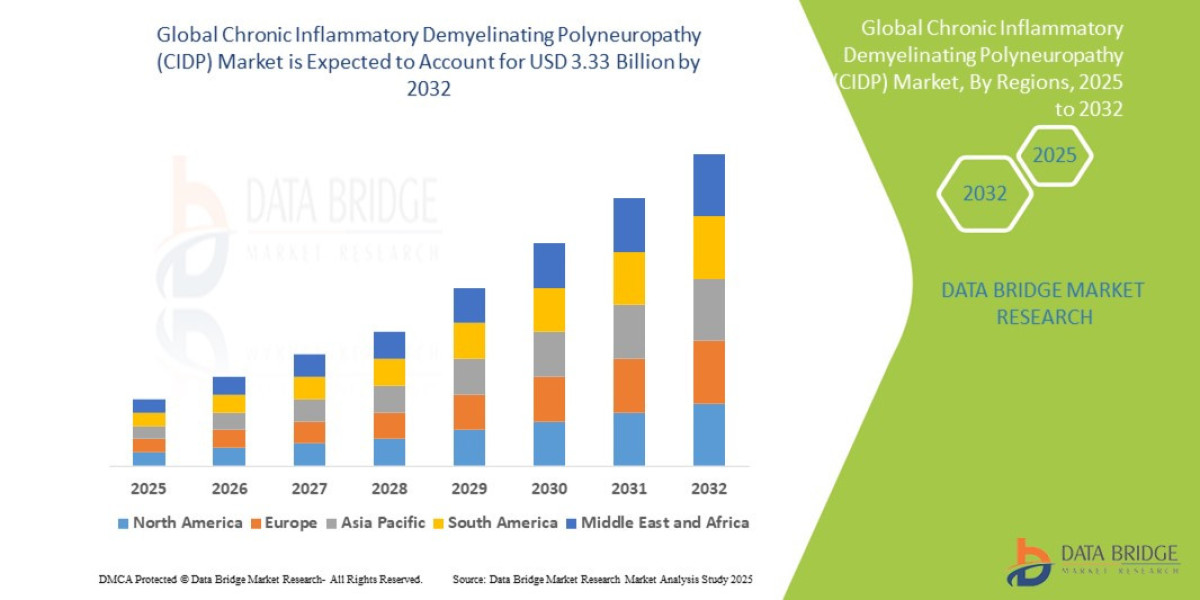The Nucleic Acid Methylation Market is gaining significant attention due to its crucial role in epigenetics, biomarker discovery, disease diagnostics, and therapeutic development. Nucleic acid methylation involves the addition of methyl groups (–CH₃) to DNA or RNA molecules, influencing gene expression, genomic stability, and cellular processes without altering the underlying nucleotide sequence. In DNA, methylation most commonly occurs at cytosine residues in CpG dinucleotides, acting as a regulatory mechanism that can either suppress or promote gene transcription. RNA methylation, such as m6A modification, plays a critical role in RNA stability, splicing, and translation efficiency.
The technology’s applications span oncology, neurology, immunology, and infectious diseases, as methylation profiles can act as sensitive and specific biomarkers for disease detection, prognosis, and personalized therapy. Advances in sequencing technologies and methylation-specific assays have accelerated research, enabling high-throughput, cost-effective analysis of methylation patterns.
Market Drivers
The primary driver for the Nucleic Acid Methylation Market is the growing demand for epigenetic biomarkers in early disease diagnosis and precision medicine. Methylation patterns are highly specific to disease states and stages, making them ideal for identifying cancer subtypes, predicting treatment response, and monitoring disease recurrence. As oncology research continues to prioritize liquid biopsy approaches, methylation-based blood tests are emerging as powerful tools for non-invasive cancer detection.
Technological innovations are another key growth factor. Next-generation sequencing (NGS), whole-genome bisulfite sequencing, and methylation-specific PCR have become more accurate, affordable, and scalable, facilitating large-scale clinical and research applications. The rise of single-cell methylation analysis is further expanding capabilities, allowing researchers to study epigenetic heterogeneity within tissues.
Growing investments from pharmaceutical companies, research institutions, and government bodies in epigenetics research are also boosting the market. Funding initiatives aimed at mapping methylation patterns across diseases are accelerating the development of diagnostic kits, reagents, and analytical platforms.
Market Restraints
Despite promising growth prospects, the Nucleic Acid Methylation Market faces certain challenges. One of the primary barriers is the complexity of methylation analysis. Interpreting methylation data requires advanced bioinformatics tools and highly skilled personnel, which may limit adoption in resource-constrained settings.
High costs associated with comprehensive methylation analysis, especially for large-scale clinical studies, can also be a restraint. While sequencing costs have declined, the expenses for reagents, instrumentation, and specialized software remain significant for smaller laboratories.
Additionally, variability in sample quality, preparation methods, and analysis pipelines can lead to inconsistent results, impacting clinical reproducibility. Standardization of protocols and regulatory validation of methylation-based diagnostics are necessary for broader clinical integration.
Market Segmentation
By product and services, the market is segmented into kits & reagents, enzymes, services, instruments & software, and consumables. Kits and reagents hold the largest share due to their high demand in both research and clinical applications. Enzymes play a crucial role in methylation-specific reactions, while services such as methylation sequencing and data analysis are gaining traction among institutions without in-house capabilities.
By technology, key segments include PCR-based methods, sequencing-based methods, and microarray-based methods. Sequencing-based approaches are rapidly growing due to their ability to provide comprehensive, high-resolution methylation profiles, while PCR-based methods remain popular for targeted analysis due to their cost-effectiveness and speed.
By application, the market includes oncology, neurology, immunology, metabolic diseases, and others. Oncology dominates due to the high relevance of methylation biomarkers in cancer detection, prognosis, and therapy monitoring. Neurological disorders, such as Alzheimer’s and Parkinson’s disease, are emerging areas where methylation studies are revealing potential diagnostic and therapeutic targets.
By type, the market is divided into DNA methylation and RNA methylation. DNA methylation currently accounts for the majority share, but RNA methylation is expected to witness significant growth as research into mRNA modifications gains momentum.
By end-use, the market is segmented into academic & research institutes, pharmaceutical & biotechnology companies, clinical laboratories, and others. Academic and research institutions lead in adoption, while pharmaceutical companies are increasingly investing in methylation profiling for drug discovery and biomarker development.
Regional Analysis
North America dominates the Nucleic Acid Methylation Market, supported by advanced research infrastructure, strong funding for epigenetic research, and the presence of leading biotech companies. The U.S. is at the forefront of developing methylation-based diagnostic assays, with growing adoption in oncology and liquid biopsy applications.
Europe is another significant market, with countries such as Germany, the UK, and France actively investing in precision medicine and biomarker research. The region’s strong academic network and collaborative research initiatives are driving innovation.
The Asia-Pacific region is expected to experience the fastest growth, fueled by increasing investments in genomics and epigenetics, expanding biotech sectors, and rising awareness of early disease detection. China, Japan, and India are emerging as key contributors to this growth.
Latin America, the Middle East, and Africa are gradually expanding markets, with growing collaborations between local research institutions and international biotech companies. However, limited infrastructure and funding remain challenges for widespread adoption in these regions.
Competitive Landscape
The Nucleic Acid Methylation Market is competitive, with companies focusing on developing advanced kits, reagents, and sequencing platforms to improve accuracy, speed, and cost-effectiveness. Major players include New England Biolabs, Thermo Fisher Scientific Inc., Illumina Inc., Abcam plc, Agilent Technologies Inc., F. Hoffmann-La Roche Ltd, and Bio-Rad Laboratories, Inc.
These companies are investing in partnerships, acquisitions, and product launches to expand their portfolios. For example, collaborations between sequencing technology providers and clinical laboratories are enabling the development of regulatory-approved methylation-based diagnostic tests.
Technological advancements are also driving competition, with AI and machine learning being integrated into methylation data analysis to improve predictive accuracy and streamline clinical decision-making. Notably, the Nucleic Acid Methylation Market is expected to see growing adoption of automation and cloud-based bioinformatics platforms to handle large-scale epigenetic datasets.
Future Outlook
The future of the Nucleic Acid Methylation Market lies in its integration into mainstream clinical diagnostics and personalized medicine. Advances in point-of-care methylation testing, rapid sequencing technologies, and multi-omics approaches will expand its applications beyond oncology into neurology, cardiology, and infectious diseases.
With increasing recognition of the role epigenetics plays in health and disease, the demand for high-precision methylation analysis is set to rise. Efforts to standardize methodologies, reduce costs, and improve accessibility will be critical in making methylation-based diagnostics and therapeutics an integral part of modern healthcare.
Browse more Report:
Intrusion Detection/ Prevention System Market
Hemoglobin Testing Device Market
Colloidal Selenium Nanoparticles Market
Automotive Chromium Finishing Market








